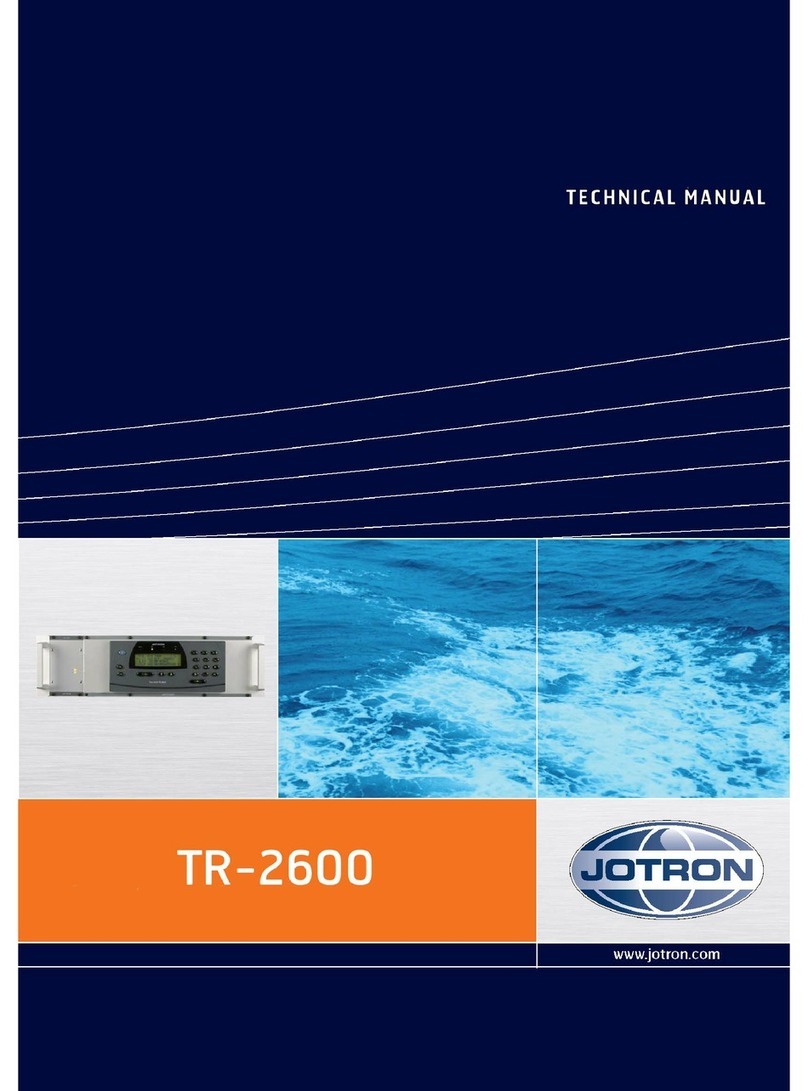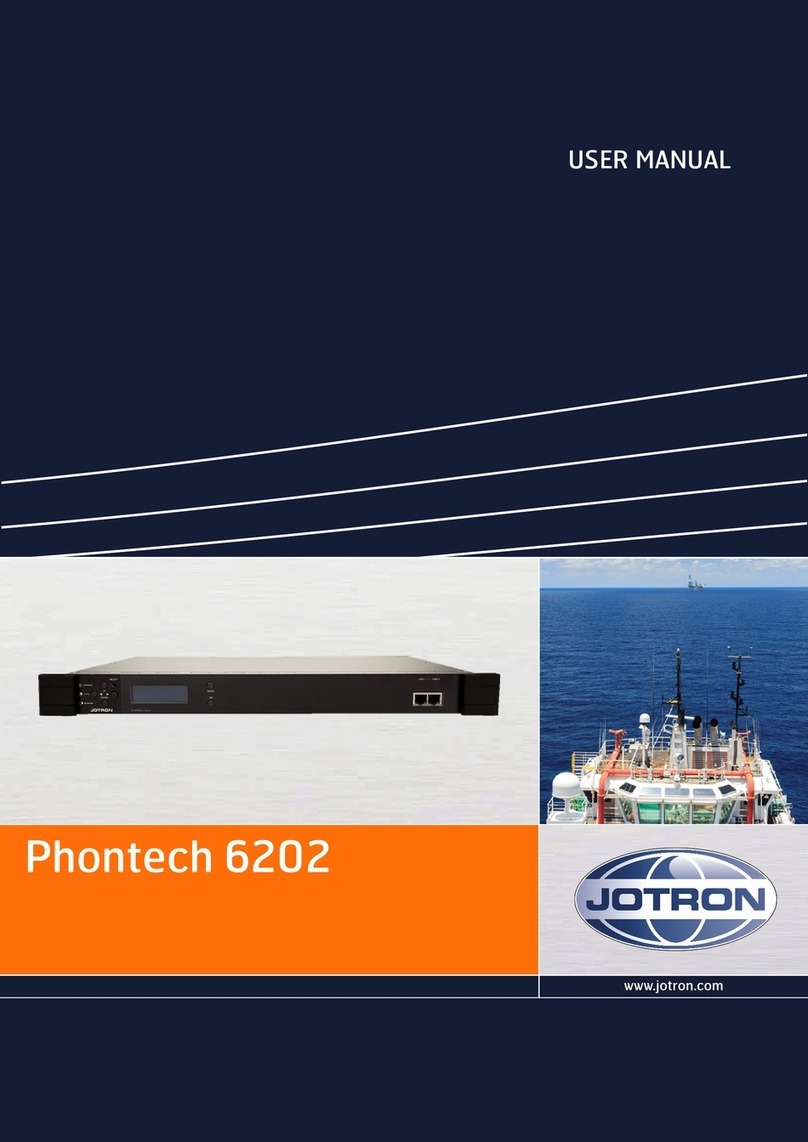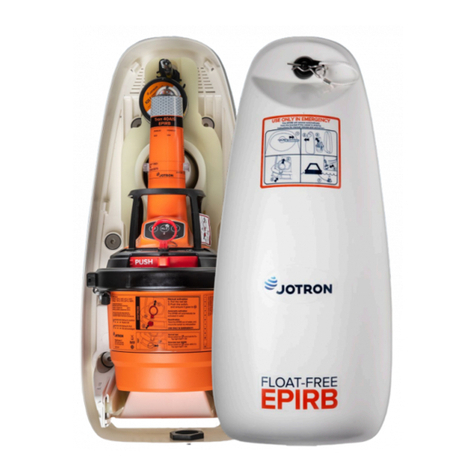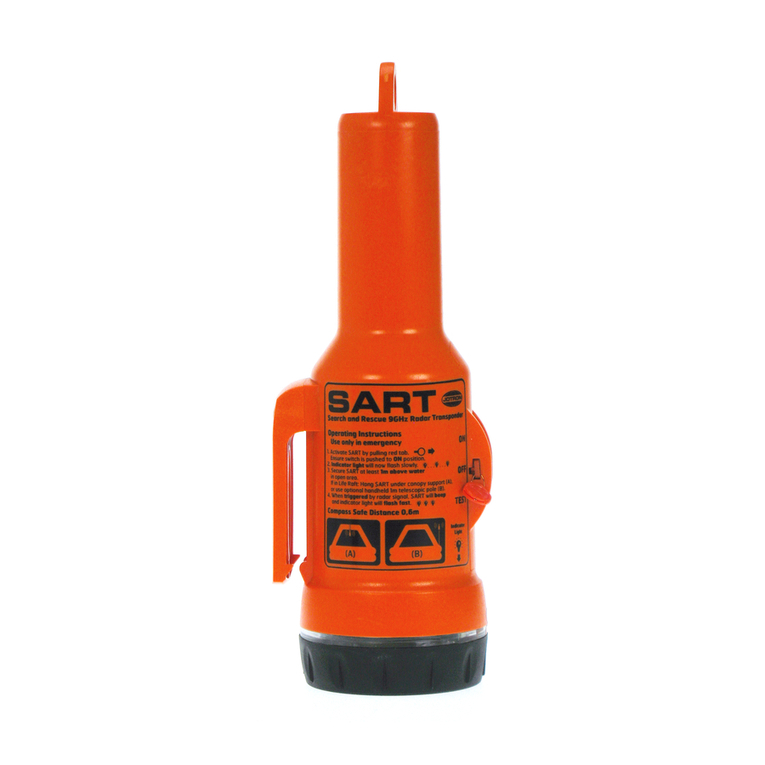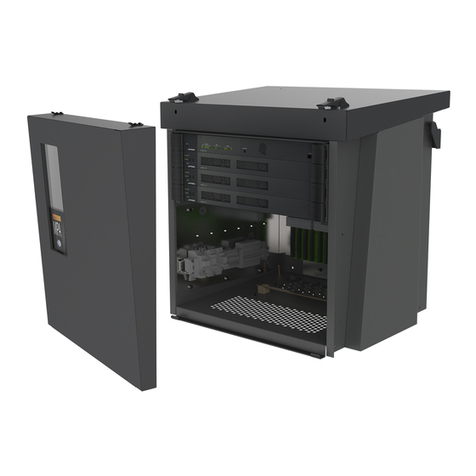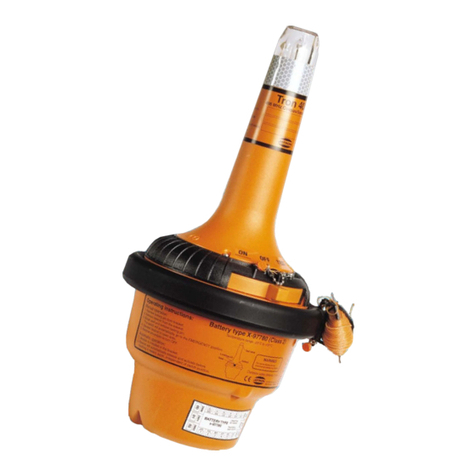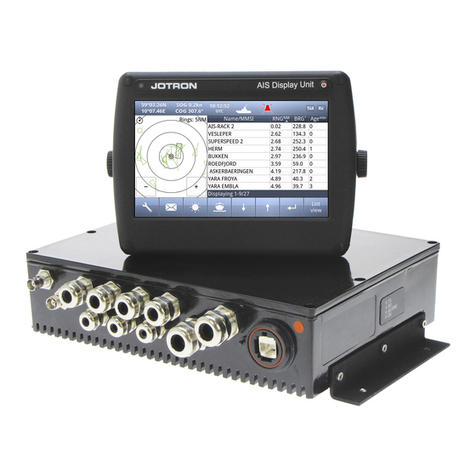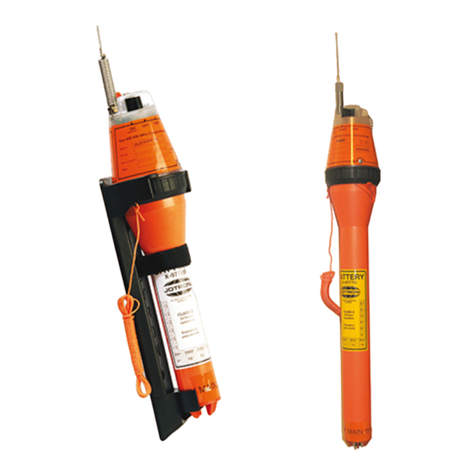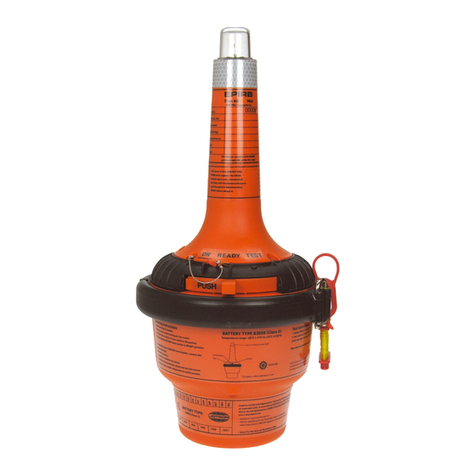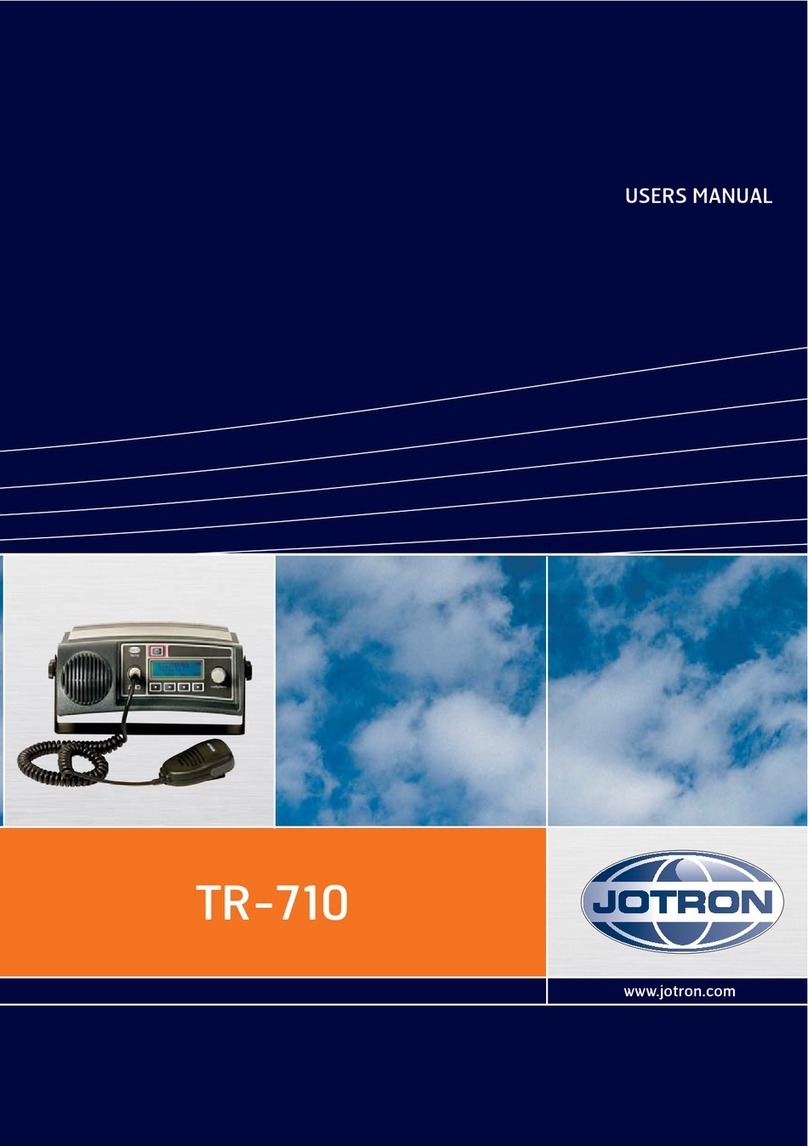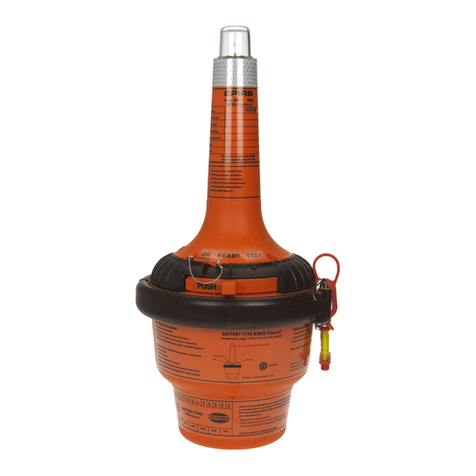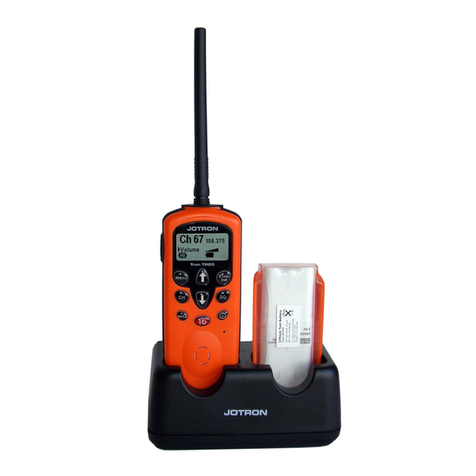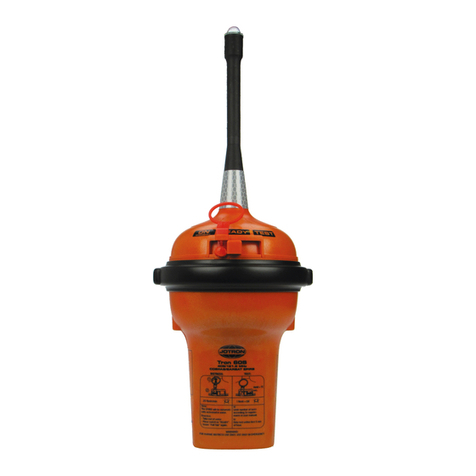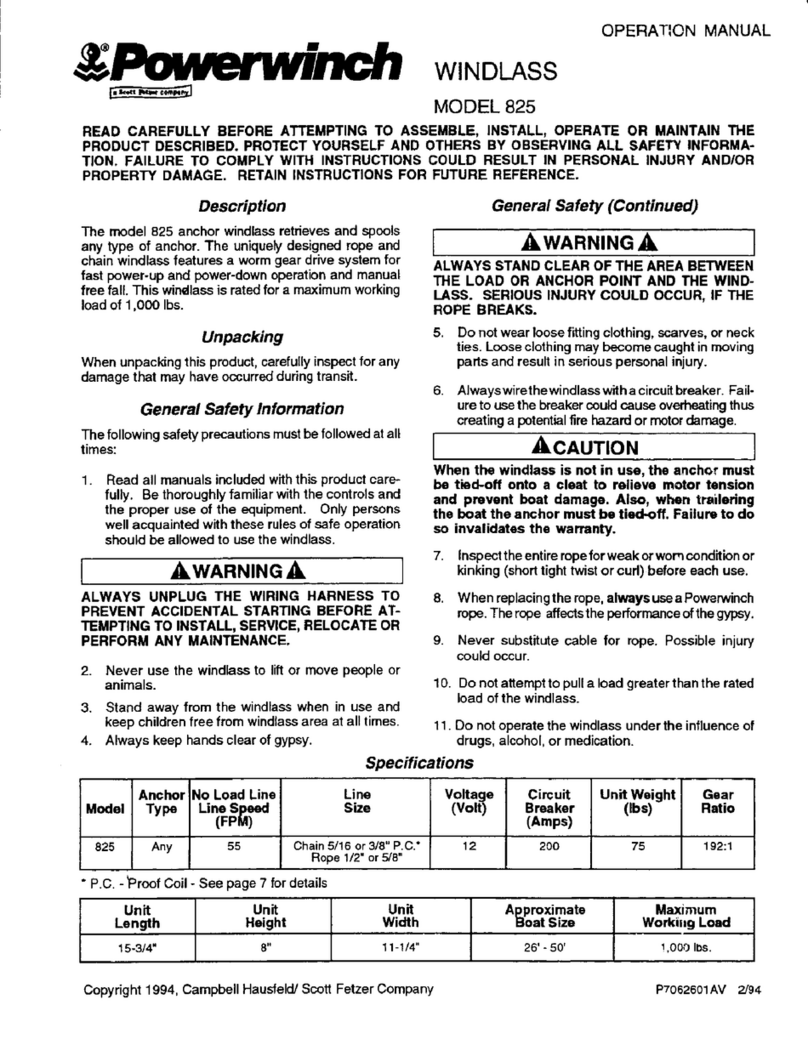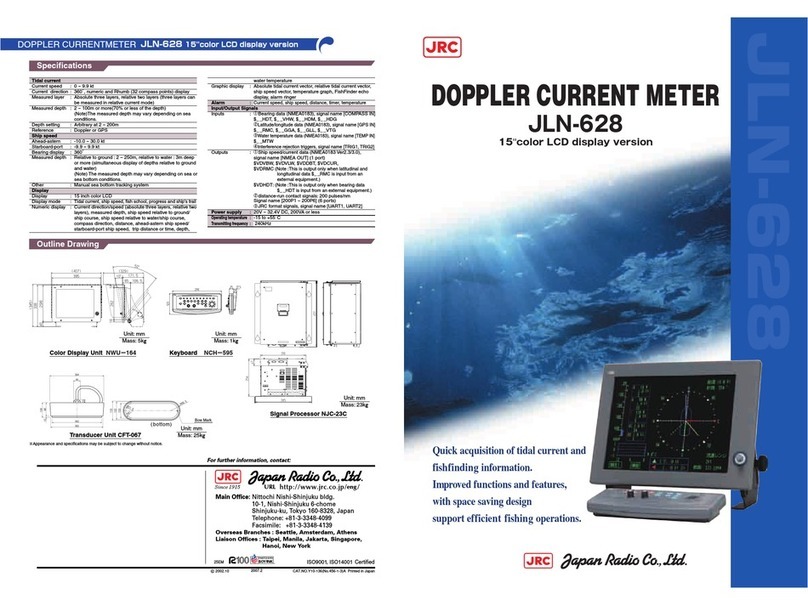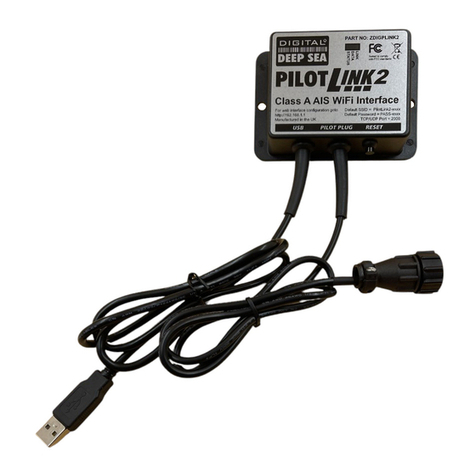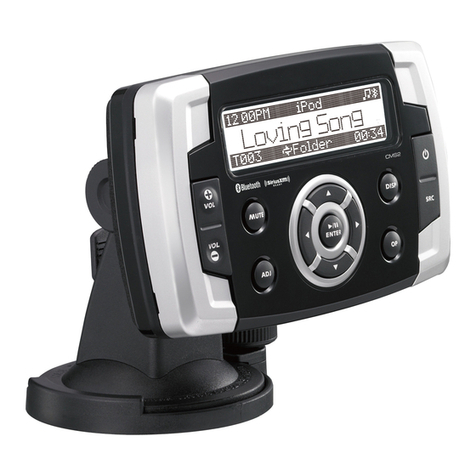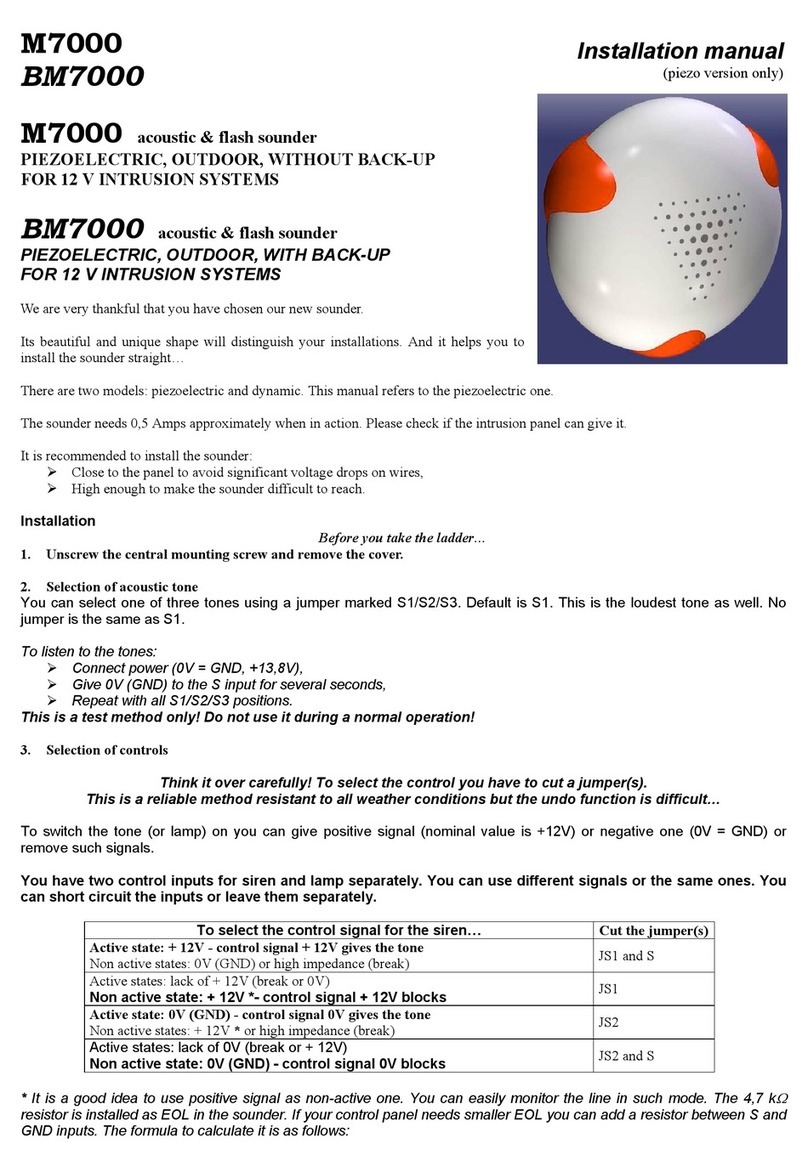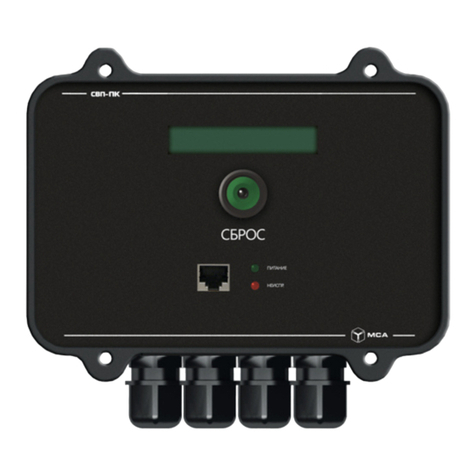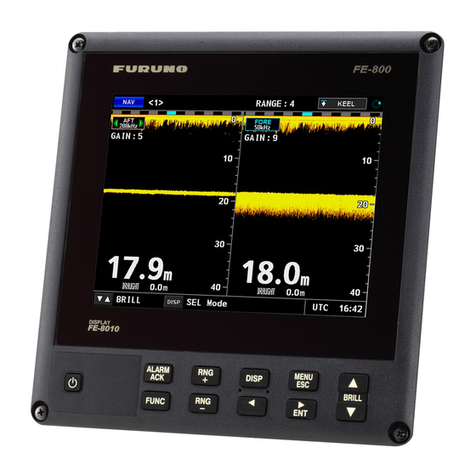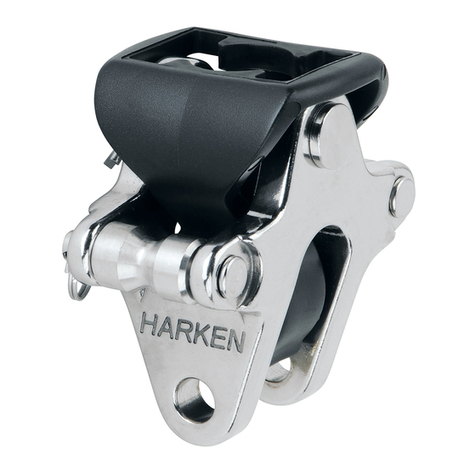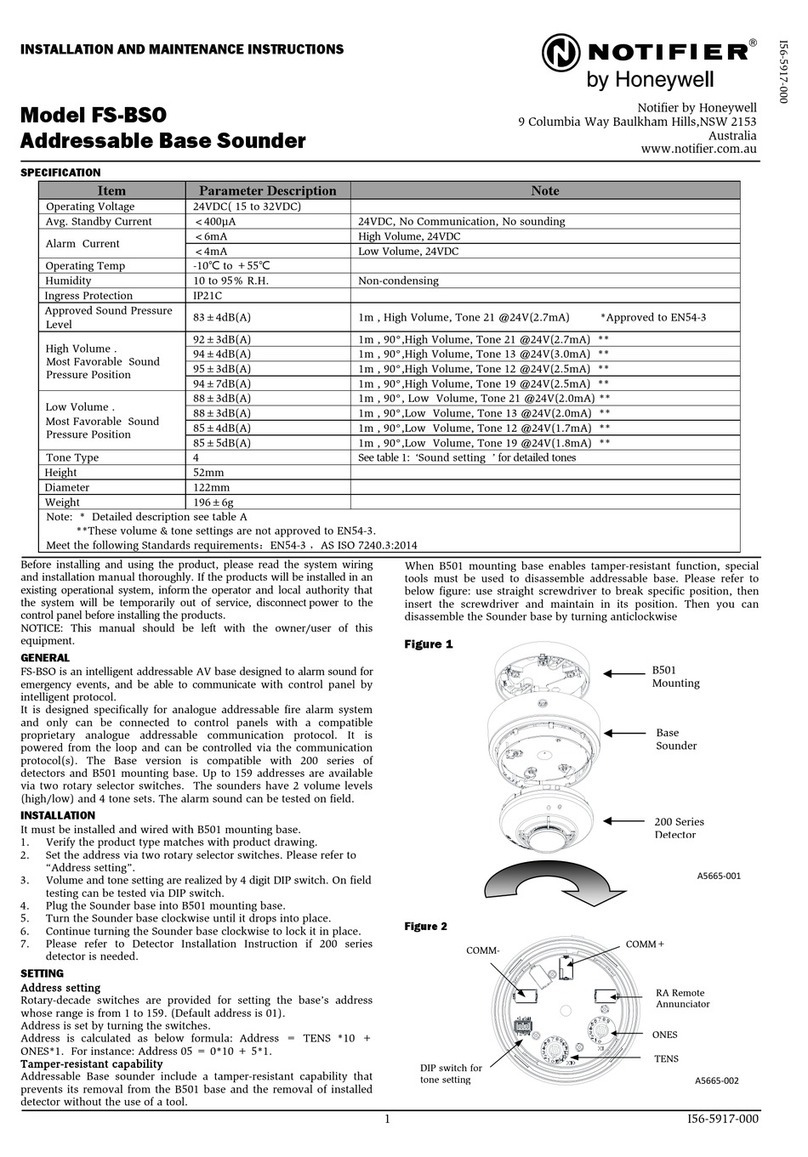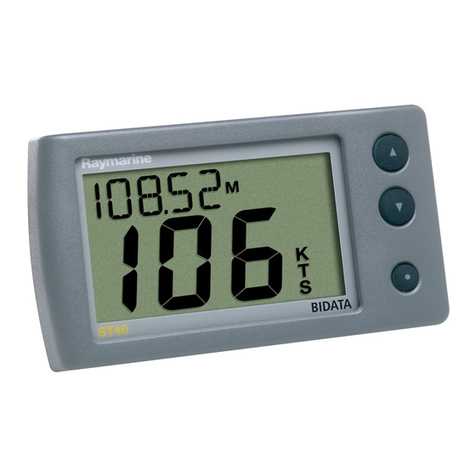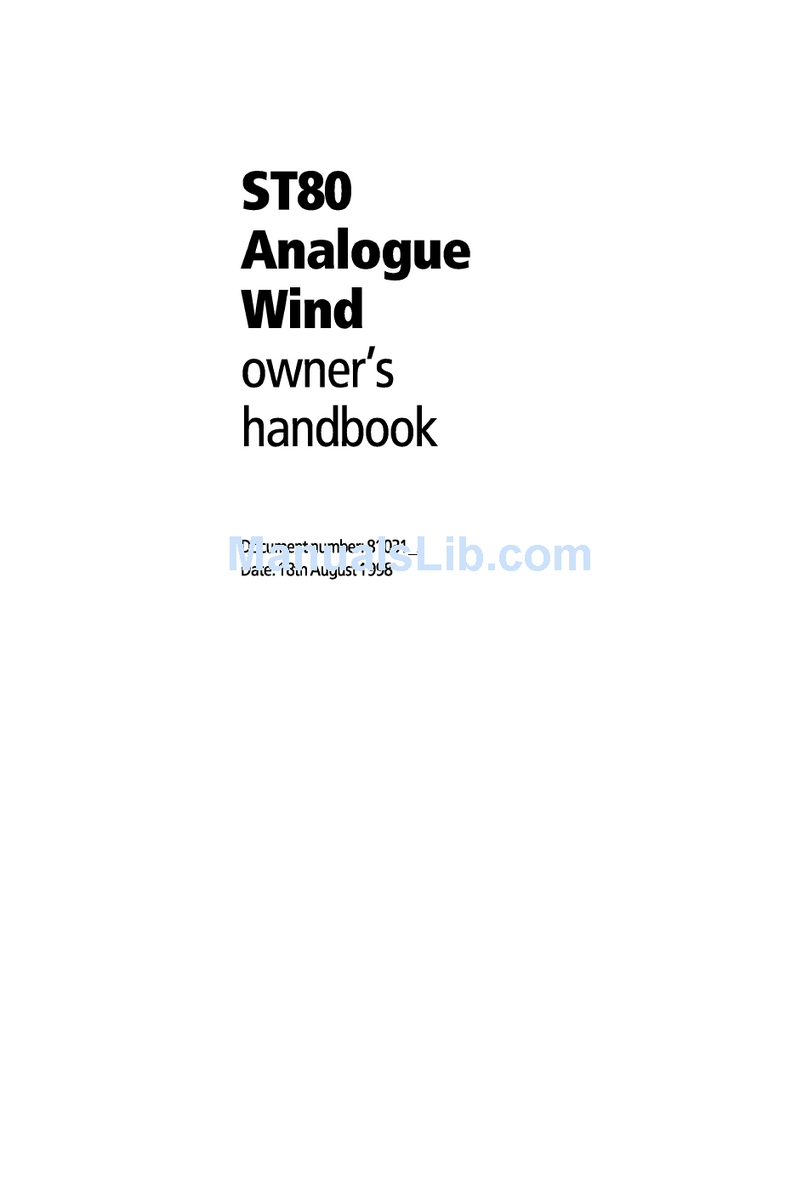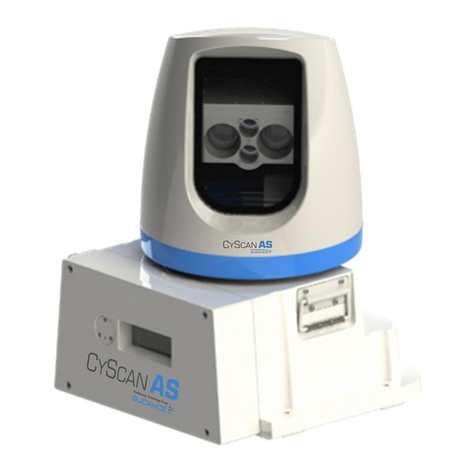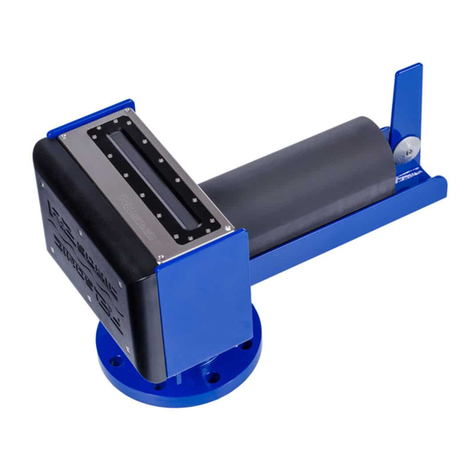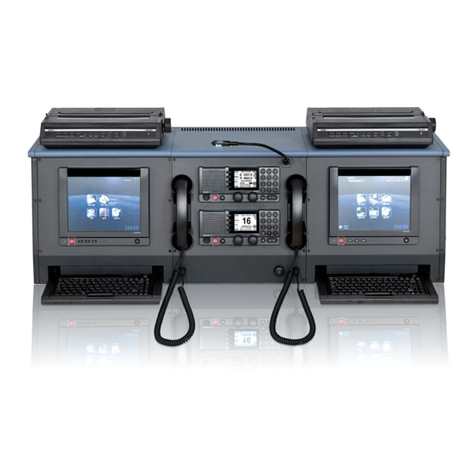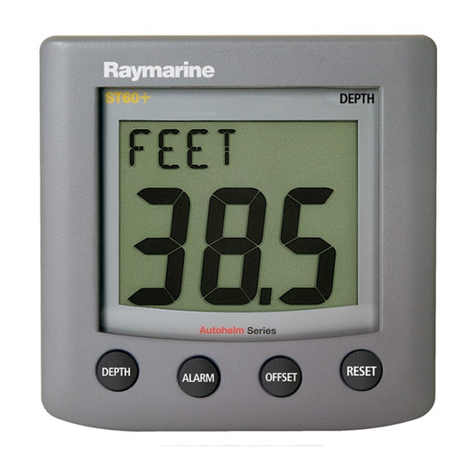with water. However, the contents of the battery will react with water and form
hydrogen gas. In a confined space, hydrogen gas can form an explosive mixture.
In this situation, smothering agents are recommended. A smothering agent will
extinguish burning lithium batteries.
Emergency Responders should wear self-contained breathing apparatus. Burn-
ing lithium-iron disulfide batteries produce toxic and corrosive lithium hydroxide
fumes and sulfur dioxide gas.
HANDLING AND STORAGE
Storage: Store in a cool, well ventilated area. Elevated temperatures can result
in shortened battery life. In locations that handle large quantities of lithium bat-
teries, such as warehouses, lithium batteries should be isolated from unneces-
sary combustibles.
Mechanical Containment: If potting or sealing the battery in an airtight or wa-
tertight container is required, consult your Energizer Battery Manufacturing, Inc.
representative for precautionary suggestions. Do not obstruct safety release
vents on batteries. Encapsulation of batteries will not allow cell venting and can
cause high pressure rupture.
Handling: Accidental short circuit for a few seconds will not seriously affect the
battery. Prolonged short circuit will cause the battery to lose energy, generate
significant heat and can cause the safety release vent to open. Sources of short
circuits include jumbled batteries in bulk containers, metal jewelry, metal cov-
ered tables or metal belts used for assembly of batteries into devices. Damaging
a lithium battery may result in an internal short circuit.
• The contents of an open battery, including a vented battery, when exposed
to water, may result in a fire and/or explosion. Crushed or damaged batteries
may result in a fire.
• If soldering or welding to the battery is required, consult your Energizer rep-
resentative for proper precautions to prevent seal damage or short circuit.
Charging: This battery is manufactured in a charged state. It is not designed for
recharging. Recharging can cause battery leakage or, in some cases, high pres-
sure rupture. Inadvertent charging can occur if a battery is installed backwards.
Labeling: If the Energizer label or package warnings are not visible, it is impor-
tant to provide a package and/or device label stating:
